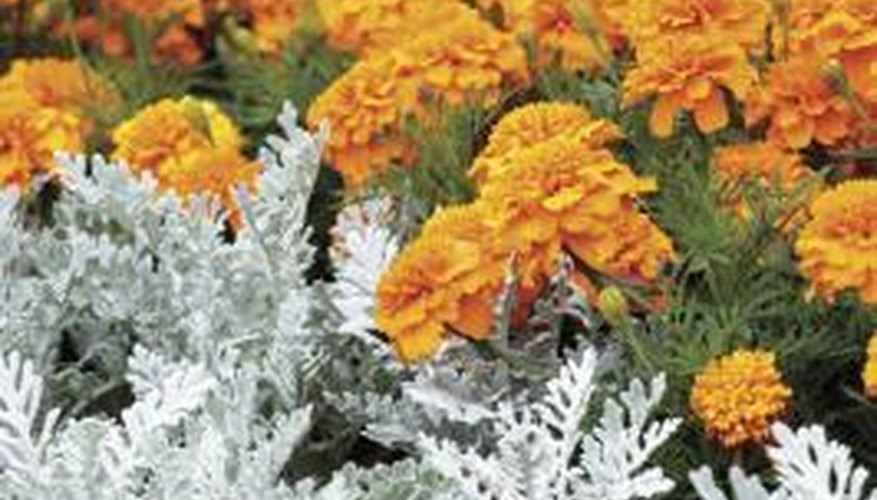Grown as a summer annual in cold-winter regions, dusty miller (Senecio ceneraria) becomes a perennial, evergreen mounding subshrub in U.S. Department of Agriculture hardiness zones 8 through 11. In sunny, protected locations it may also survive colder winters.
Size
The wild, natural form of dusty miller matures about 24 inches tall and equally wide. Old plants may lose lower leaves and flop to create a rather unkempt, scraggly looking specimen. Garden cultivars like White Diamond, Silver Dust or Silver Queen retain more compact habits.
- Grown as a summer annual in cold-winter regions, dusty miller (Senecio ceneraria) becomes a perennial, evergreen mounding subshrub in U.S. Department of Agriculture hardiness zones 8 through 11.
- The wild, natural form of dusty miller matures about 24 inches tall and equally wide.
Time Frame
"An Encyclopedia of Garden Plants" recommends removing dead branches and conducting pruning of overgrown dusty miller in mid to late spring. Avoid pruning during periods of high humidity or when conditions, both soil and foliage, remain wet.
Technique
Trim back leggy stems to create a more uniform plant with nice symmetry. For full rejuvenation of more ornate foliage, cut back all stems to 4 to 6 inches tall above ground. Clear away fallen and moist debris from the plant base to prevent disease and rot as plant regrows.
